Sverdlovsk Oblast - Overview
Sverdlovsk Oblast is a federal subject of Russia, the largest region of the Urals, located on the border between Europe and Asia in the Urals Federal District. Yekaterinburg is the capital city of the region.
According to the Federal State Statistics Service of Russia, the population of Sverdlovsk Oblast is about 4,221,500 (2025), the area - 194,307 sq. km.
History of Sverdlovsk Oblast
The first people settled here in the Stone Age. At the end of the 16th century, the Russian kingdom gained control of the region. In the 17th century, the most significant stage of the initial development of this area happened, when Russian settlers began a massive advance to the east. In 1598, the first settlers founded the town of Verkhoturye on the territory of the present Sverdlovsk region.
Verkhoturye became the first capital of the Urals because of its strategic location on the Babinov road - an important crossroads of trade routes. Sverdlovsk oblast acted as a transshipment base between the central part of the country and the actively developed regions of Siberia and Central Asia.
The presence of strategic reserves of iron and copper ore, as well as large forest areas, predetermined the specialization of the region (ferrous and non-ferrous metallurgy, wood processing, mining, etc.). Exploration of minerals in the Sverdlovsk region began at the end of the 17th century.
In the 18th century, the Demidov dynasty founded several plants in the region that turned into large production and economic complexes. The local industry was characterized by a high level of technological development. The blast furnaces of the Ekaterinburg, Nevyansk, Tagil iron-making plants were superior in performance to the best European models of that time, and their products were the leading item of Russian exports.
More historical facts…
The launch of the Trans-Siberian Railway became a landmark event in the life of the Middle Urals, allowing large-scale export of plant products. Between 1920 and 1930, the Urals was able to once again take its place as the leading industrial region of Russia by strengthening its mining industry, creating new production facilities, developing energy and mass urban construction.
In the years of the first five-year plans, along with the reconstruction of old enterprises, several new large industrial facilities were opened: Uralmashzavod, Uralelektrotyazhmash, tool and ball bearing plants in Sverdlovsk, Uralvagonzavod and Nizhny Tagil metallurgical plant in Nizhny Tagil, pipe plants in Pervouralsk and Kamensk-Uralsky, copper smelters in Krasnouralsk and Sredneuralsk, the Ural aluminum smelter in Kamensk-Uralsky and others.
On October 3, 1938, the territory of Sverdlovsk Oblast was finally formed. During the Second World War, from July 1941 to December 1942, more than 2 million people came to the Urals region, of which more than 700 thousand stayed in Sverdlovsk Oblast.
In the postwar period, Sverdlovsk Oblast continued to develop as a major industrial center of the Urals. The industry of the region was a supplier of the most important types of machinery, products of ferrous and non-ferrous metallurgy, chemical, electric power, light, and food industries. Mechanical engineering and metalworking retained their leading place in the structure of the local industry.
Being one of the most important industrial and defense centers of the Soviet Union, the Sverdlovsk region remained closed to foreigners until 1991.
Beautiful nature of Sverdlovsk Oblast
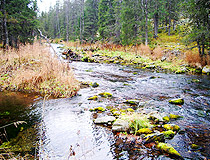
Forest stream in Sverdlovsk Oblast
Author: Vlasov Pavel
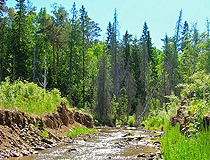
Sverdlovsk Oblast nature
Author: Oleg Seliverstov
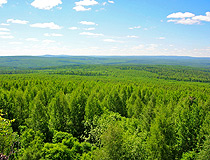
Sverdlovsk Oblast is rich in forests
Author: Oleg Seliverstov
Sverdlovsk Oblast - Features
Sverdlovsk Oblast received its name from its administrative center - the city of Sverdlovsk (Yekaterinburg). The name appeared on January 17, 1934, together with the formation of the region. After renaming Sverdlovsk back to Yekaterinburg, the region was not renamed and retained its Soviet name.
The territory of Sverdlovsk Oblast stretches from west to east for 560 kilometers, from north to south - for 660 kilometers. The climate is continental. The average temperature in January is about minus 16-20 degrees Celsius, in July - plus 19-30 degrees Celsius.
The Sverdlovsk region, being one of the oldest mining regions of Russia, is rich in a variety of natural resources. Today, the local mineral and raw materials base provides a significant part of the production of Russian vanadium, bauxite, chrysotile-asbestos, iron ore, refractory clay. The region is the main raw source for Russian aluminum industry.
There are significant reserves of nickel ores, precious metals, mineral and fresh groundwater, practically unlimited reserves of building materials. There are deposits of stone and brown coals, chromites, manganese and certain prospects for discovering oil and gas fields. Forests cover about 80% of the territory.
Sverdlovsk Oblast is an important transport hub of Russia. The Trans-Siberian Railway passes through its territory. Koltsovo is a large international airport located in Yekaterinburg. The largest cities and towns of Sverdlovsk Oblast are Yekaterinburg (1,493,600), Nizhny Tagil (340,700), Kamensk-Uralsky (162,500), Pervouralsk (117,700), Serov (93,900), Novouralsk (79,000), and Verkhnyaya Pyshma (76,400).
Sverdlovsk Oblast is known for its traditional International exhibition of armament in Nizhny Tagil, annual Russian Economic Forum in Yekaterinburg. Yekaterinburg is the 4th largest scientific center in Russia after Moscow, Saint-Petersburg and Novosibirsk.
It is one of the most important industrial regions of Russia. The structure of the local industrial complex is dominated by ferrous and non-ferrous metallurgy, enrichment of uranium and iron ore, engineering.
The largest enterprises of ferrous and nonferrous metallurgy are the Nizhnetagilsky Metallurgical Combine, the Kachkanar GOK Vanadiy, VSMPO-Avisma, the Pervouralsky Novotrubny Plant, the Bogoslovsky and the Ural Aluminum Smelters, the Kamensk-Uralsk Metallurgical Plant, the Sinarsky Pipe Plant, the Seversk Pipe Plant, as well as enterprises of the Ural Mining and Metallurgical Company (Uralelectromed, Sredneuralsky Copper Smelting Plant, Metallurgical Plant named after A.K. Serov, etc.).
The most important enterprises of the machine-building complex are Uralvagonzavod, Ural Heavy Machinery Plant, Uralelectrotyazhmash, Uralkhimmash, Ural Turbine Plant, Ural Civil Aviation Plant. Uralkhimplast, which produces synthetic resins, is the largest chemical plant in Russia.
Attractions of Sverdlovsk Oblast
Coniferous forests and numerous rivers make the nature of the Sverdlovsk region attractive for tourists. There is a number of reserves and nature parks: Visimsky State Nature Reserve, Denezhkin Kamen National Nature Reserve, Pripyshminsky Bory National Park, Oleny Ruchi Nature Park, Chusovaya River Nature Park, Bazhovskiye Places Nature Park, Rezhevskoy Nature and Mineralogical Reserve.
Some of the most interesting sights located outside of Yekaterinburg:
- Nevyansk Tower - a leaning tower in the center of the town of Nevyansk, built by the order of Akinfiy Demidov, the founder of the mining industry in the Urals, in the first half of the 18th century;
- Cathedral of the Savior’s Transfiguration in Nevyansk;
- Battle glory of the Urals - an open-air museum of military equipment in Verkhnyaya Pyshma;
- Automotive equipment museum in Verkhnyaya Pyshma - one of the largest collections of Russian cars, special equipment, motorcycles, bicycles;
- Obelisk symbolizing the border between Europe and Asia in Pervouralsk;
- Verkhoturye - a historical town with a kremlin and a lot of churches called the spiritual center of the Urals. The Cross Exaltation Cathedral of the St. Nicholas Monastery is the third largest cathedral in Russia after the Cathedral of Christ the Savior in Moscow and St. Isaac’s Cathedral in St. Petersburg;
- Mount Kachkanar located near the border between Europe and Asia. At the top of the mountain there is the Buddhist Monastery of Shad Tchup Ling;
- Monastery in the name of the Holy Royal Passion-Bearers on Ganina Yama standing on the site of the extermination and the first burial of the remains of the family of the last Russian Emperor Nicholas II and his servants;
- Museum Complex Severskaya Domna in Polevskoy, 52 kilometers from Ekaterinburg - an industrial and architectural monument (1860);
- Open-air museum in Nizhnyaya Sinyachikha - Ural wooden architecture and the richest collection of the Ural house painting;
- Severskaya Pisanitsa - a monument with rock paintings and images of the Neolithic Age located near the village of Severka.



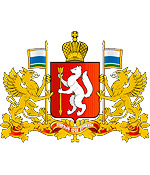
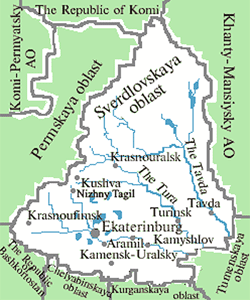



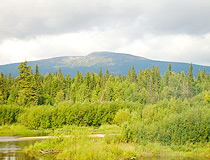
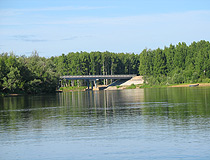
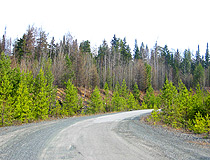
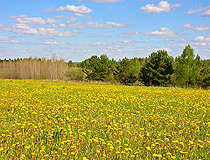
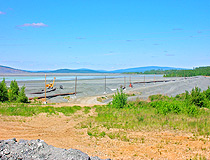
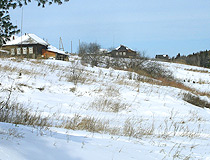
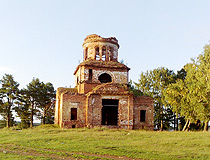
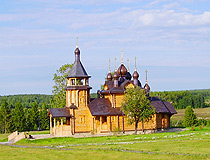
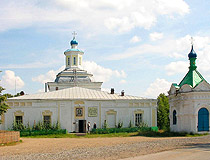
The comments of our visitors